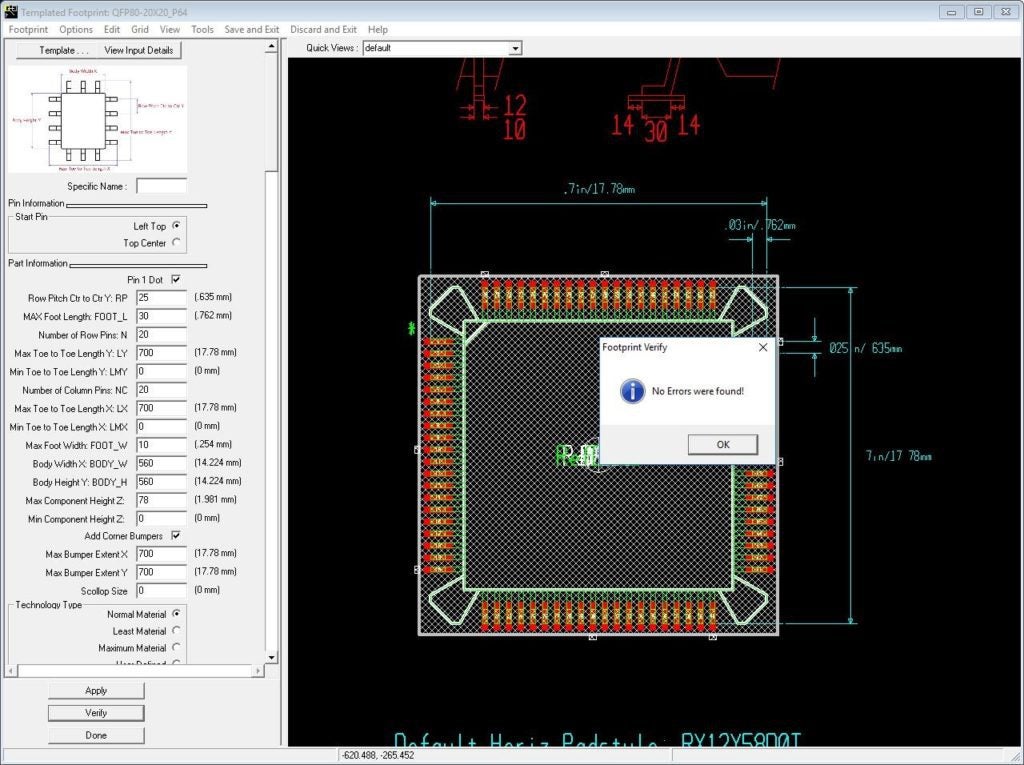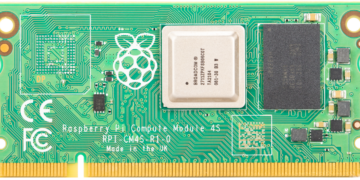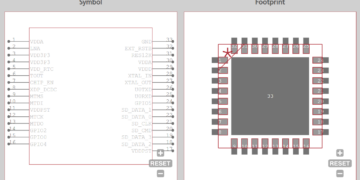As PCB designers you know and understand how crucial accurate component data is to the design process—if your component has incorrect information, your design becomes useless. There are obvious data problems, such as a part too big or too small for the intended area, which affects the usefulness of a component.
In reality, more information than ever before is being stored in library components—affecting later phases of the design process. Library data contains things like solder mask and solder paste, as well as new features such as 3D models for footprint verification, pad, and via shapes for high-speed designs. Accuracy is critical for all of these elements because a small error in data can lead to big headaches down the road, such as useless manufactured boards.

As board designs become smaller and the need for more power increases, some traditional standards are being challenged. The introduction of more metric unit components being used, coupled with tighter spacing makes the accuracy of the pad shape and size on a footprint extremely important for high-speed performance and the auto-routing process. With these serious concerns in mind, more designers are turning to pre-built component data, like what is provided within the Ultra Librarian® database. This provides you with more time to design and less time is spent creating components.
So, what are some things you should be looking for to confirm the information you are downloading is accurate? Here are three methods we use to ensure our users are getting the most accurate data possible:
Template System of Creation.
All parts in the Ultra Librarian database are created using a template system—meaning anyone can use a template to create a footprint with accurate results. The template can be easily modified within the Ultra Librarian desktop software to meet your companies specific standards. 3D models are created dynamically from information contained in the footprint—so your 3D model will be an exact representation of your 2D data.
Design Rule Checking Verification.
We use Design Rule Checking (DRC’s) verification for all components, which includes not only the physical spacing for the board but also testing the symbol’s logic when compared to the footprint.
Symbols Based on Data Extraction.
Many of the symbols for components in our library have been created based on datasheet extraction versus manual entry. This reduces human error and results in a more accurate symbol.
Components available through Ultra Librarian have been verified by the above methods and rely on other automated and human verifications to provide our users with the most accurate data possible. With over 9 million unique components available in the Ultra Librarian database, there is a pre-built part for almost every need. Get started today by searching our online database and download up to 30 free parts to experience first hand the accuracy of our parts.








